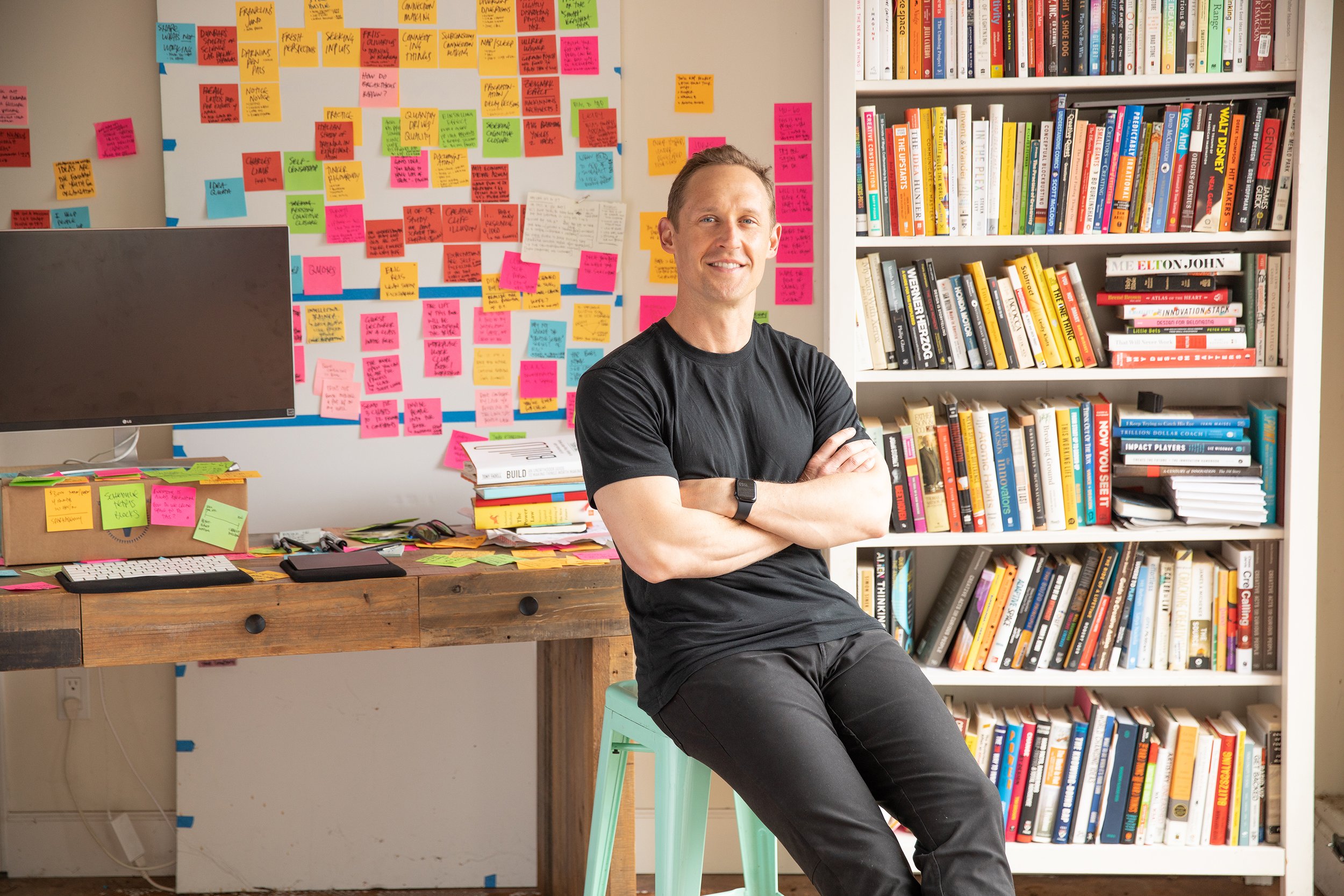
Methods of the Masters
A blog on the art & science of creative action.
Broaden Your Experimental Portfolio
Experiment broadly! Fantastic example from Ogilvy on the power of fighting tunnel vision, which limit us to far narrower ideation and far fewer experiments than would be beneficial.
Create Desirability Data
Most organizations’ first question of a new idea is its technical specifications: can we even build it? The most important question is not technical, but human. A better question is, “Should we build it?…”
Get Your Work In
It’s an enormous mistake to wait for lightning to strike. Seinfeld’s relentless approach to developing new material — and his mindset in so doing — gives him an incredible advantage in the creative process.
Tips for Women in Tech
In this guest post, Erica Brown, an industry insider, shares tips for women working in technology.
Put Yourself Out There
There are no shortcuts to breakthrough outcomes. Even legends like Jerry Seinfeld — after long success — have to endure the pain that accompanies the early experiments on the way to the next innovation.
Reject the Tyranny of Efficiency
One of the greatest challenges on the journey to creative mastery is that the “rules” of productivity. Stories from Seinfeld and others encourage me to persist in the wrong direction.
Assess Your Collaborators
Other minds represent one of the greatest sources of inspiration and leverage for problem solving endeavors. Ask these three questions to identify gaps in your portfolio of perspectives.
Modulate Diversity
Very few teams see diversity as a lever they can pull to drive outcomes. “Team” is more of a fixed concept than a fluid one. The biggest opportunity is actually to deliberately dial up diversity on demand.
Maximize Your Down Time
A message for young folks: amidst the frenzied pace of life, it’s tempting to veg out whenever you can. “Doomscrolling” is real! Instead of whittling away the hours, creative geniuses make good use of found time.
Fight Your Cognitive Bias
What if one reason we aren’t all a little more like Einstein is a simple cognitive bias? What if we could short circuit that bias with practice?
Good news: we can!
Prioritize Learning
A critical priority in a productive, creative life is to make time to think, reflect, and synthesize. Here are a few examples of how spectacular innovators have carved out the necessary space.
Explore Habitually
The origin story of Netflix is a case study in innovation. Marc Randolph and Reed Hastings were uniquely positioned to take advantage of a market shift because they had a habit of exploring.
Tolerate the Mess
“Who in their right mind would work in such conditions???” I often think to myself… And then that very, messy environment delivers an unexpected connection, and I remember: Picasso, Angelou, and me.
Allow Yourself to Wonder
We all like to deduce, to prove, to know for certain. But the most interesting opportunities for innovation are a function of wonder. Specifically, of a team willing to be humble and vulnerable enough to not know.
Cultivate Your Imagination
Thomas Edison said that cultivating the imagination was one of the essential qualities of the inventor. Sounds straightforward enough… But how does one do that?
Embrace Surprises
Imagination is sparked by surprising information. Customer insights leader Kelly Garrett Zeigler tells a story that highlights the importance of welcoming an unexpected direction.
Schedule Unscheduled Time
When all of our time is spoken for, we short-change the longer-duration gestation required to form insights and think creatively. Bezos’ trick? He schedules unscheduled time.
Audit Your Environment
A simple ritual powers Jeff Bezos’ efficacy as a leader of innovation at Amazon. Every quarter, he conducts a simple audit — two simple tactics that every innovation-oriented-professional ought to leverage with regularity.
Watch Consumers Decide
Trying to figure out whether you have a good idea? Don’t ask people what they think! There’s a much better way to assess a new concept than asking for feedback.



















